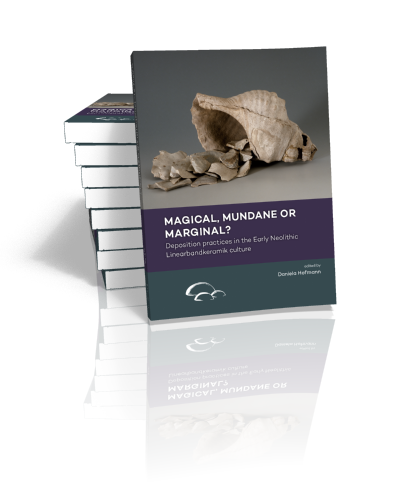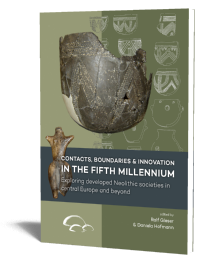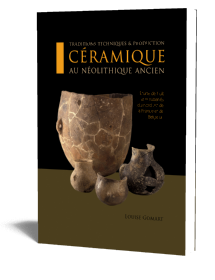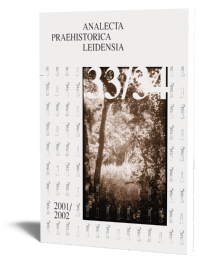Abstract:
This volume takes its starting point from the increasingly frequent discovery of deliberately placed deposits on Early Neolithic Linearbandkeramik sites. This includes the placement of complete and still usable tools in the ground, as well as the creation of complex abandonment layers for example in wells or the destruction of immense material wealth in enclosure ditches.
This is the kind of behaviour that archaeologists generally interpret as ritual (often using the label “structured deposition”), but it is surprisingly little discussed for the Linearbandkeramik. This volume thus addresses two main goals. First, it contributes a new approach to the study of Linearbandkeramik world view by focusing on depositional practices more generally and addressing the connections between them. How do the more striking or unusual examples of deposition articulate with routine discard, and what does this tell us about how Linearbandkeramik societies saw these objects and their use? Second, given the wealth of data available for the Linearbandkeramik, there is an opportunity to contribute to the ongoing discussion regarding the variety of depositional phenomena across the European Neolithic and their theoretical and methodological implications.
This book thus combines chapters dealing with routine discard, as well as those concerned with burial evidence, formalised deposition of objects and feasting debris. The introduction and discussion chapters draw out the wider significance of the findings presented in the individual contributions.
Contents
Introduction: structured deposition in the LBK – is there something to talk about?
Daniela Hofmann
Isn’t it strange? Grinding tool deposits and deposition in the north-western LBK
Caroline Hamon
Tracing LBK ritual traditions: the depositions at Herxheim and their origins
Fabian Haack
Odds and end(ing)s. Aspects of deposition and ritual behaviour in the Linearbandkeramik of the Low Countries
Luc Amkreutz and Ivo van Wijk
LBK structured deposits as magical practices
Daniela Hofmann
Grave goods, refuse or the remains of rituals? Differences in the assemblages from the LBK burials of Arnoldsweiler-Ellebach
Robin Peters and Nadia Balkowski
Suspiciously rich pits in the Wetterau
Johanna Ritter-Burkert
The structure of chaos: decay and deposition in the Early Neolithic
Penny Bickle
What happened at the settlement? The testimony of sherds, animal remains, grinding tools and daub
Jaroslav Řídký, Petr Netolický, Lenka Kovačiková, Marek Půlpán and Petr Květina
Keeping order in the Stone Age
Richard Bradley

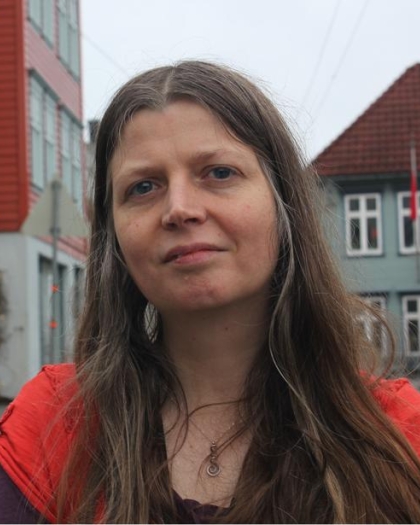
Prof. Dr.
Daniela Hofmann
Daniela Hofmann is Professor of Archaeology at Bergen University, where she teaches and researches mainly on the Neolithic of Europe. Her current interests include migration, kinship, ritual, social inequality and resistance to it, as well as social contacts and change (see the forthcoming co-authored volume Negotiating migrations. The archaeology and politics of mobility, 2024, and the co-edited outreach publication Migration narratives in archaeology, 2023). In her projects, she tries to combine theoretical considerations with a variety of methods, including bioarchaeological information, in an effort to write narratives that take into account different perspectives. She hopes that knowing about diversity in the past could help us create a fairer society today, but has doubts on whether this is actually working.
read more

